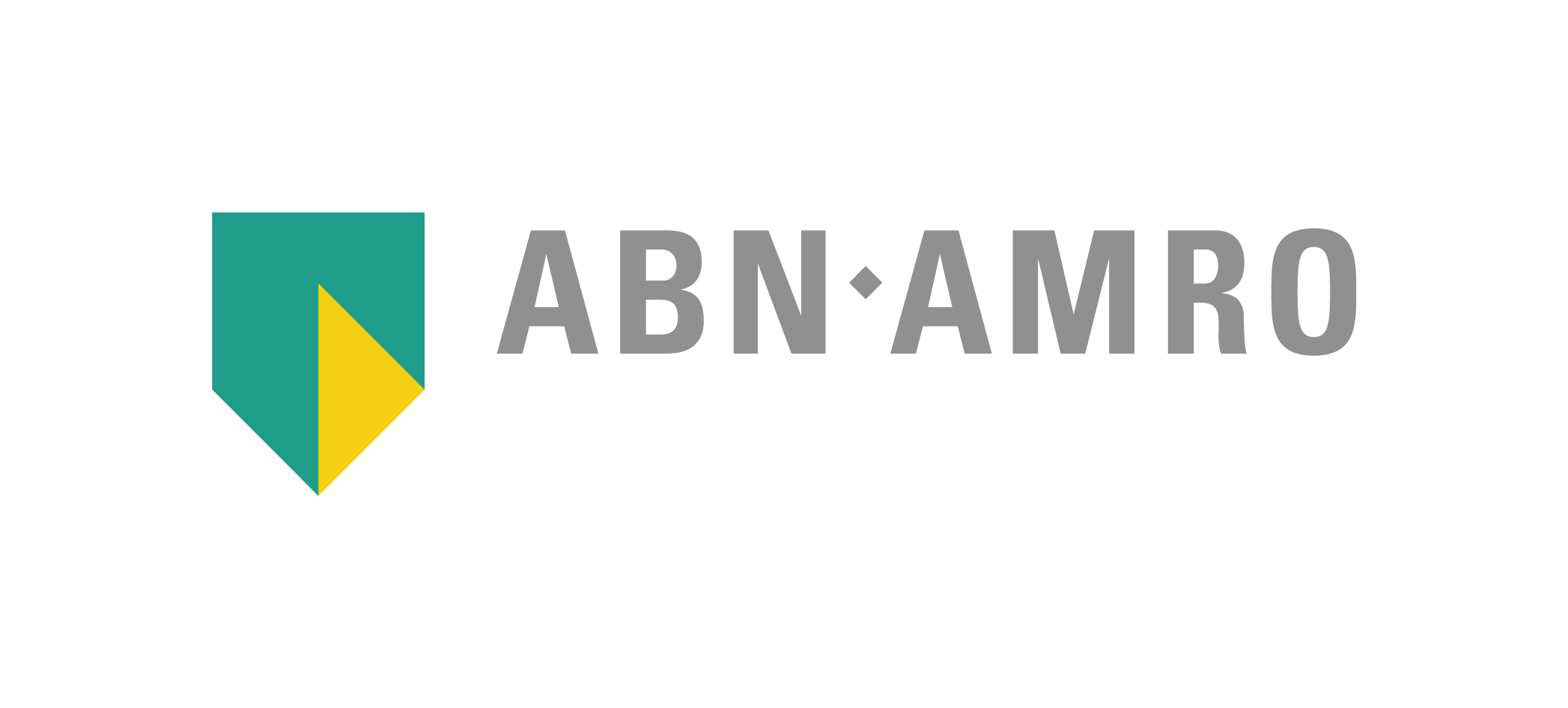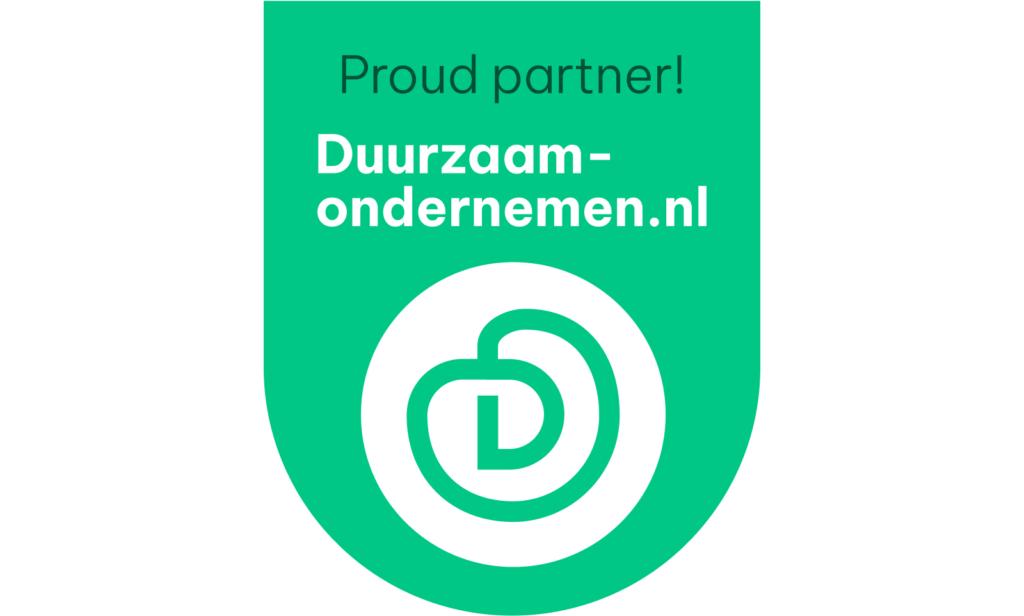Non-financial reporting is becoming a high-priority issue to an increasing number of companies worldwide. This is also the case in the Netherlands. How do Dutch companies determine and measure KPIs, and collect data? Which systems do they use to facilitate this? In a series of conversations, we are asking well-known Dutch companies about their experiences with sustainability reporting. This time Wesley Schulte talks to Tjeerd Krumpelman, Global Head of Advisory, Reporting & Engagement at ABN AMRO. How does this bank deal with Integrated Thinking and Integrated Reporting?

Determining the KPIs is an important step in non-financial reporting. How did you define the KPIs at ABN AMRO?
We’ve tried to link material themes to the strategy. For example, our purpose is “banking for better for generations to come” and our strategy is “accelerating the sustainability shift”. From there, we’ve defined metrics and then KPIs.
Doing this, we’ve encountered two major challenges. The first is choosing between bottom-up or top-down. We are a company with different business units. If we impose it top-down, not everyone can act on it, resulting in less support. If you request it bottom-up, it would get a lot of support, but it would be harder to consolidate. Suppose we want to help our customers become more sustainable. If we ask our retail bank how to do this, they would come up with solutions that are relevant to retail customers. If we ask our merchant bank, they would come up with a completely different solution. At aggregation level you’d get a phrase like “we help our customers”. Such a phrase is not powerful and does not provide control parameters. As a solution to this first dilemma, we have chosen to do both.
The second challenge is the discussion about short, medium or long term. This discussion is not easy to translate into a working solution. The period in which an organization such as ABN AMRO achieves impact can vary greatly per metric. For example, we cannot make our mortgage portfolio more sustainable within a week. That being said, we are engaged in providing sustainable investments every day. So, the timing of these metrics will differ, and short, medium or long term does not always apply on a metric level, it does however work well on a level of value creation for our stakeholders.
While determining the KPIs, did you look at how well the data for a certain metric can be obtained?
Absolutely, measuring is always a factor. It’s what I like about Integrated Thinking. If we have determined that a topic is important to us, we should find a metric that can demonstrate this. Following this, we should determine how to measure it and then develop something for this measurement. Take stakeholder confidence. We thought stakeholder confidence was important, but how do you measure it, and how do you do this in a meaningful way? To solve this, the whole banking sector and the NVB (Dutch Banking Association) have worked together to develop a trust monitor.
Another example is circular financing. Two years ago, we said we were going to do this, even though it was not clear at the time what circular financing entailed. From a reporting perspective, you could consider not doing it, as it had not been fully developed yet. However, market forces and innovation drive you to want to participate. Therefore, we’ve publicly defined this as a target before it was fully developed. This is also an example of how reporting can support the process because it has a disciplining effect.
We usually announce things that we can measure and that fit the core functions of the bank. However, there have also been goals that we would like to measure, but which we cannot measure properly. If this is the case, we choose to work with derived goals. How do you measure how sustainable ABN AMRO is, for example? For this we’re using the Dow Jones Sustainability Index, not so much as a KPI, but more as a derived indicator.
ABN AMRO has an internal reporting pack. What are the goals you’re using to manage Integrated Thinking, and how do you get the data for these goals?
We have a strategy execution team that measures the progress of the strategy. Sustainability is an integral part of this. ABN AMRO has three strategic pillars: “supporting our clients’ journey to sustainability”, “building a future proof bank” and “improving the customer experience”. Every month, one of the three pillars is discussed by the board, resulting in quarterly attention for each pillar. The strategy execution team prepares this discussion and provides the data. This information contains the metrics, the KPIs and the plans that we report externally as well.
Following this, the board receives a report in the form of slides. Technically, the reports could be automated, but we could lose part of the value of the process and the associated discussion. For the data we do rely on automated systems, for example the financial systems.
Comparability is the biggest challenge: when is something good, when is something bad, who determines this and how do you compare the results?
Tjeerd Krumpelman – ABN AMRO
In the context of data collection, are there still matters that are really important for Integrated Thinking that you would like to include?
Comparability is the biggest challenge: when is something good, when is something bad, who determines this and how do you compare the results? There is no internal audit for a lot of the non-financial data. Suppose you have the ambition to do 100, and your result is 103. You could conclude that you did well. However, if it turns out the rest of the world is doing 200, you may not be doing that well after all.
The comparability and context of an objective or measurement method is often very complex, both financially and non-financially. Return on equity or profit does not mean anything in itself, the same applies to sustainability and customer satisfaction. It is all about finding the context that is perceived as relevant by the stakeholders. Integrated Thinking should contribute to this context discussion, because you’re involving all your stakeholders and all capitals in determining the desired results and interpreting the impacts.
I can imagine that this is also relevant while determining and measuring KPIs.
It’s nice to have metrics that are comparable to other banks, for example around sustainable financing. To enable comparability, it is important that everyone uses the same definition. I hope that the EU taxonomy will contribute to this.
Sometimes, a difference in belief plays a role as well. For example, we believe that a best-in-class approach to investment makes more of a difference than an extensive exclusion policy. If another bank does adhere to a more exclusive approach, it is difficult to compare the sustainable investments between banks.
At ABN AMRO, you feel very strongly about making the connection between financial and non-financial. Why is that? And what role do the SDGs play?
We measure which SDGs (Sustainable Development Goals) we have the greatest positive and negative impact on as a bank. I think we can strengthen this by looking at what we are already doing. Take the 800,000 homes that we finance, which are related to SDG13, climate action. How can we reduce the negative impact and increase the positive impact on this topic? After that, we’ll look at the metrics to be included.
If you want to be at the heart of the bank, you have to be able to demonstrate how non-financial risk and opportunity translates into value for investors in the long term. Integrated and impact reporting supports this process and by disclosing it to all our stakeholders we increase transparency as well.


